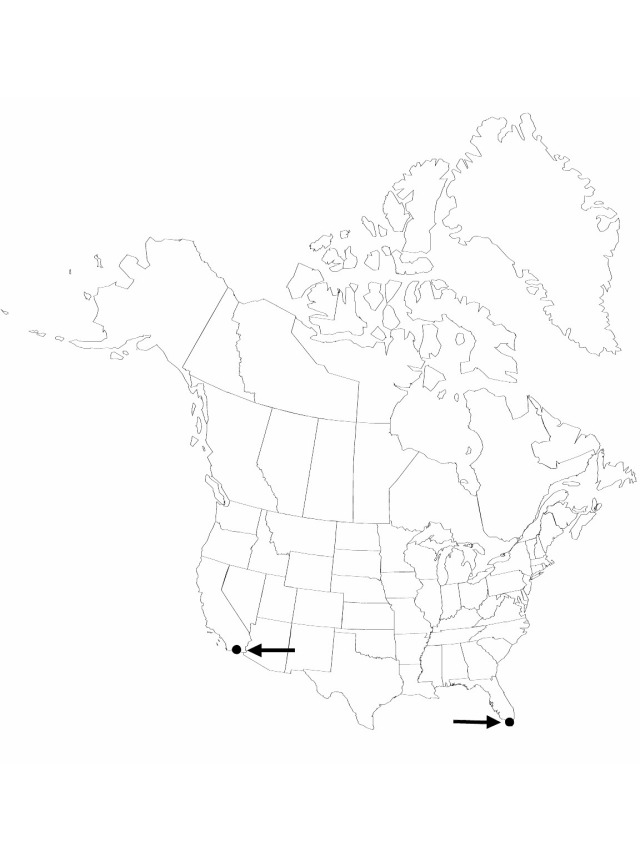Difference between revisions of "Phoenix canariensis"
Prov. Agric. Hort. Ill. 19: 293. 1882.
Common names: Canary Island date palm dattier des Canaries
Introduced
Treatment appears in FNA Volume 22. Treatment on page 111.
imported>Volume Importer |
imported>Volume Importer |
||
| Line 53: | Line 53: | ||
|publication year=1882 | |publication year=1882 | ||
|special status=Introduced | |special status=Introduced | ||
| − | |source xml=https:// | + | |source xml=https://bitbucket.org/aafc-mbb/fna-data-curation/src/2e0870ddd59836b60bcf96646a41e87ea5a5943a/coarse_grained_fna_xml/V22/V22_634.xml |
|subfamily=Arecaceae subfam. Coryphoideae | |subfamily=Arecaceae subfam. Coryphoideae | ||
|tribe=Arecaceae tribe Phoeniceae | |tribe=Arecaceae tribe Phoeniceae | ||
Latest revision as of 20:32, 5 November 2020
Stems solitary, erect, to 15 m, diam. 55–70 cm. Fruits ripening from green through orange to reddish purple, ellipsoid, length 24–27 mm, diam. 10–12 mm.
Phenology: Flowering throughout the year.
Habitat: Volunteer in waste places and disturbed areas
Elevation: 0–1000 m
Distribution

Introduced; Calif., Fla., Europe, Atlantic Islands (native, in the Canary Islands).
Discussion
Phoenix canariensis is widely cultivated, especially in Florida and California. E. McClintock (1993) reported that Tthis species is naturalized in the San Francisco Bay area, as well as in southern California (E. McClintock 1993).
Selected References
None.
Lower Taxa
None.